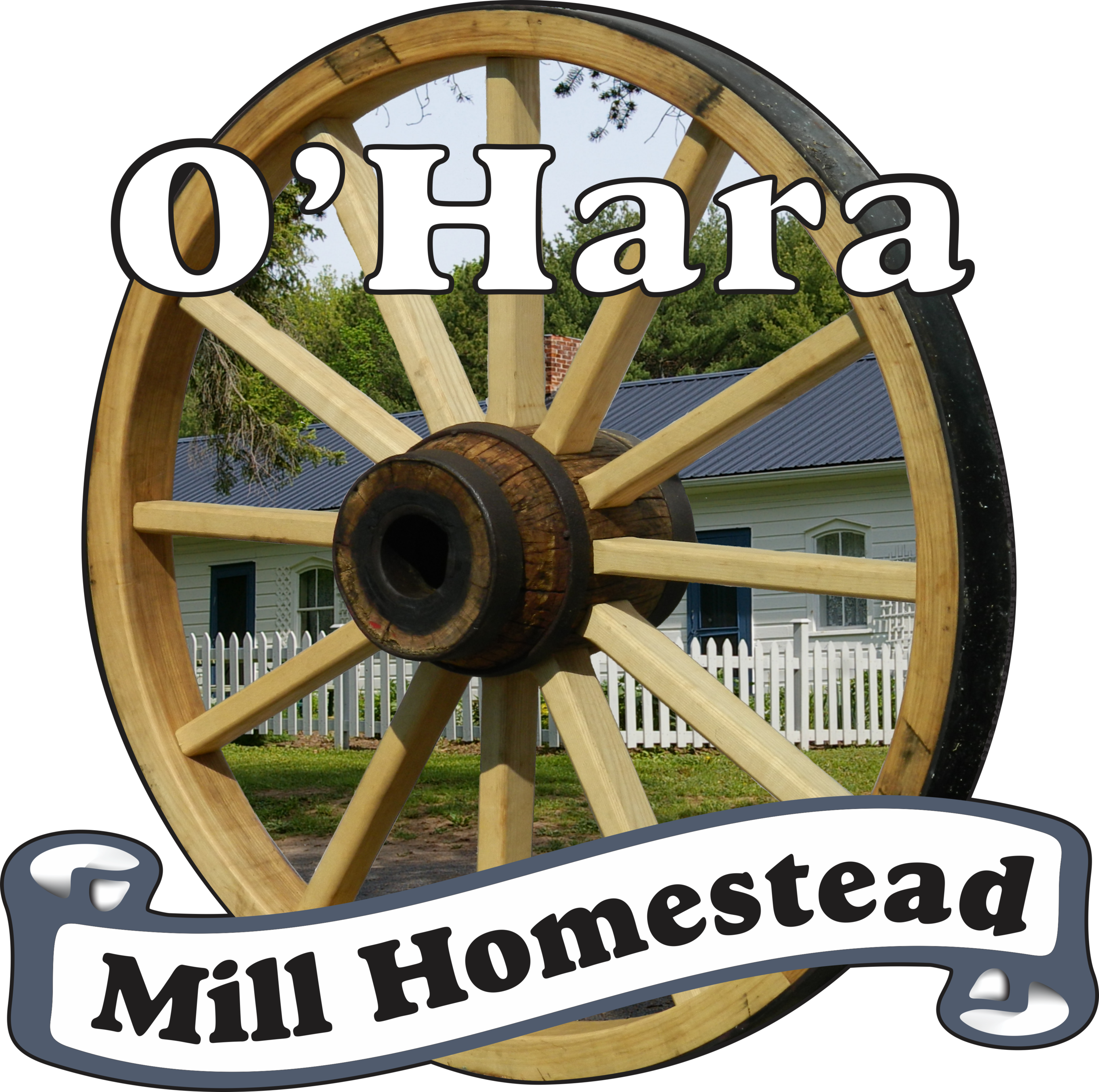The Joy of Childbirth
Customs and Traditions/ August 6th, 2021
Today we are going to be looking at child birth, which was considered a rite of passage for women and was a very social event in the early days of Ontario when the O’Hara’s first settled in Madoc.
Baby Jenny O’Hara (DOB 1890) in Buggy with her older sister Blanche
In the 1800s, women would have their babies at home, which presented a number of risks that we don’t think about now when the majority of people have their children in the hospital. It was not until the mid 20th century that more women had babies at the hospital than at home in Ontario.
Midwives played an important role in home births and it was often local women who lived nearby that would come and assist with the delivery. With so much dependant on the knowledge of other mothers and midwives, it was very common for there to be many women from the community visiting when it was time to welcome a child into the family. It is rumoured that a local Indigenous woman helped Mary O’Hara give birth to her son James Jr., which makes a lot of sense considering the knowledge that locals would have had over the settlers.
It was common to have large families in the 1800s, especially when living on a homestead or farm like the O’Hara family. James O’Hara Sr. and his wife Mary Healey had 11 children, with one dying before reaching adulthood. In comparison James Jr., his son, had only 5 children. The more a family was established and could run things the less need there was for more children. As time went on and birth control became more acceptable in the 20th century the amount of children a family had decreased significantly.
O’Hara Family Bible page marking additions to the family and deaths
If the local religious authority was not available at the time of birth to baptize or christen the child, the date of birth and name would be recorded in the family bible. This was done to make record of the birth and to ensure that if the baby died before being baptized or christened they would be recognized by the church.
Childbirth was a time of excitement and anxiety, as infant and maternal mortality were much more common back in the settlement days than they are today. This is partially due to the sheer number of children women would have, but also because of lack of proper sanitation and a lack of medical advancements and accessibility. It was not uncommon for children to die in infancy and while it may not as common as we might think, women did die more in childbirth than today.
While there is not a lot in our records about the births of the O’Hara children we do know that, just like today, the birth of a child was a time of excitement and joy and was celebrated by the entire community.
𝓗𝓮𝓪𝓽𝓱𝓮𝓻 & 𝓜𝓲𝓪


